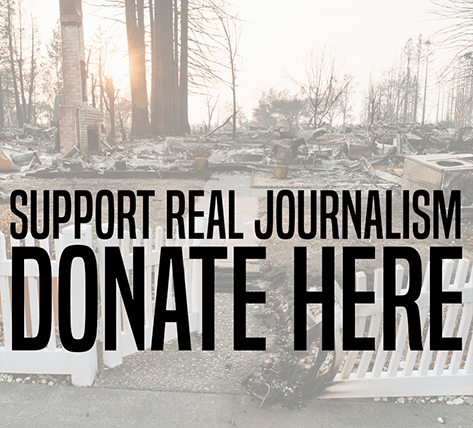Environment
Warming Globally, Acting Locally
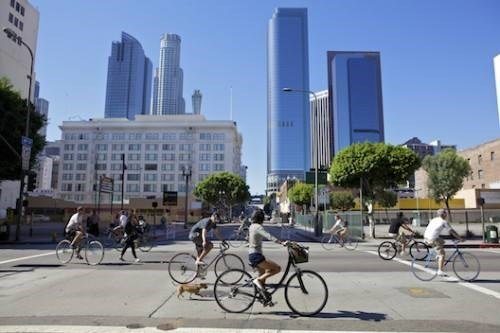
Have you ever felt paralyzed by the apocalyptic projections of global warming? Have you walked away from a presentation, article or news report feeling despair about the heating of our planet? You’re not alone. Amongst young Americans polled, global warming is a major worry.
The fear is good and warranted; the despair and paralysis are not. According to Jonathan Parfrey of the L.A.-based nonprofit, Climate Resolve, climate change needs to be seen as a local issue that people can address and do something about. And he has many ideas about how that can be done.
“L.A. has a spectacular climate,” says Parfrey, “we all love it. That’s why we’re here.” But global warming can hurt our city by impacting the things we care most about — including our health, food and water supply, property values, air quality and fire safety.
What’s called the “urban heat island effect” — those aspects of urban life that trap heat and raise our local temperature — can be addressed in part through requiring cool roofs that reflect rather than absorb heat, replacing dark asphalt with light pavement, and planting many more street trees and shade barriers.
Roofs cover 20 percent of L.A.’s landmass; paved streets, highways and playgrounds, 40 percent. Changes in these two areas, along with the cooling available through natural plantings, could significantly lower local heat levels.
Water is another fearsome topic for Angelenos suffering through the third year of a massive drought. We’ve all heard the charge that Los Angeles is the state’s water hog, importing 89 percent of our water from elsewhere (including the eastern and western Sierras, whose snowpack is shrinking due to global warming, and the Colorado River Aqueduct).
Parfrey suggests that even with the worst projections on snowpack loss, L.A. would still get its water, but get it earlier and faster. Yet our current water systems are built for slower, drawn out water release. If we are serious about addressing future water use, in addition to stiff water conservation and reuse measures, we have to re-plumb our state’s water system. We must invest resources in the state and local water infrastructure, expanding storage and building in smart capacities such as water monitors. In the process we’ll be creating jobs for Californians.
Even the threat of wind-driven wildfires, according to Parfrey, suggests that local action is needed. With temperatures rising, there will be fewer Santa Ana wind conditions (caused by the collision of cold air masses), a good thing; but at the same time the fire season will take place in Southern California all year round. Our city must look at land use and insurance reform, discouraging building in fire-prone areas, and improved stewardship of our local forests.
The future can look bleak, depending on how you approach it. With a look at Climate Resolve’s list of suggested actions, policies and initiatives at the local level at climateresolve.org, we can take charge of our city’s future and protect what we love about living here.
(Photo: Climate Resolve)

-
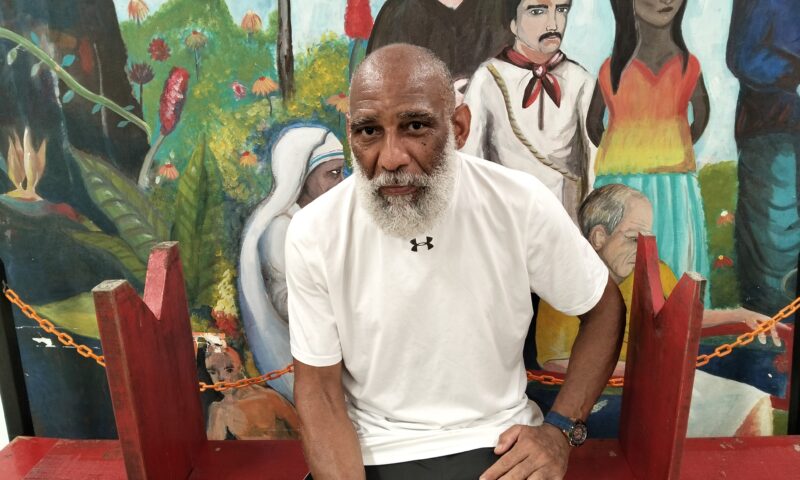
 StrandedNovember 25, 2025
StrandedNovember 25, 2025‘I’m Lost in This Country’: Non-Mexicans Living Undocumented After Deportation to Mexico
-
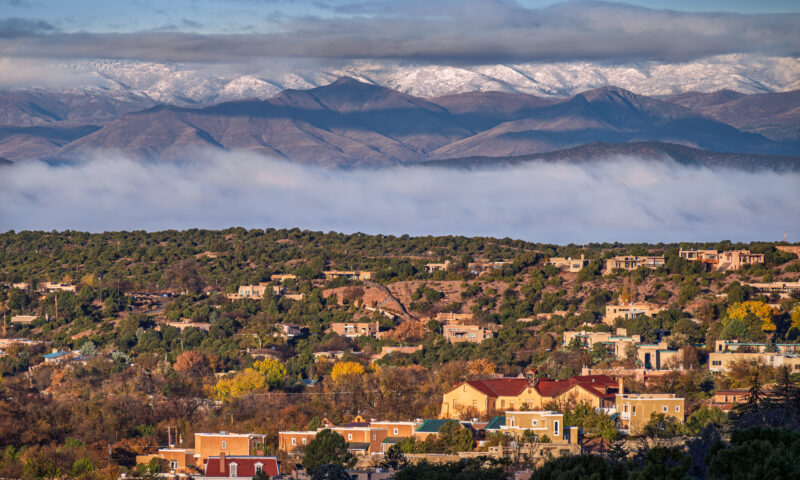
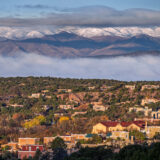 Column - State of InequalityNovember 28, 2025
Column - State of InequalityNovember 28, 2025Santa Fe’s Plan for a Real Minimum Wage Offers Lessons for Costly California
-
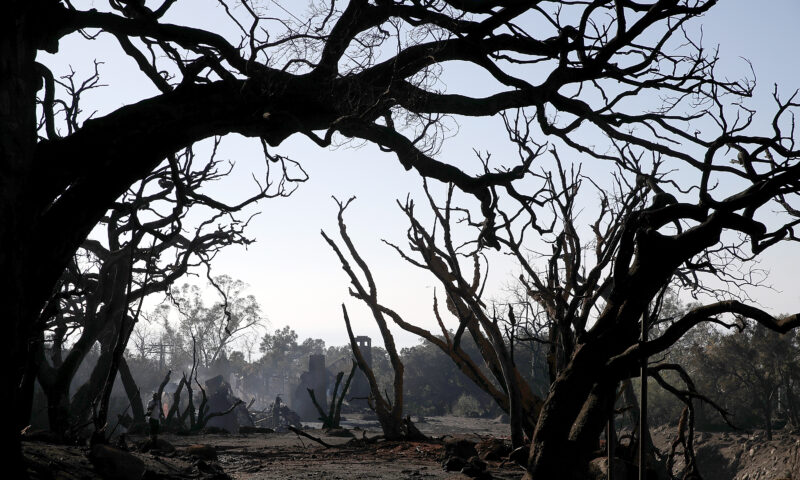
 The SlickNovember 24, 2025
The SlickNovember 24, 2025California Endures Whipsaw Climate Extremes as Federal Support Withers
-

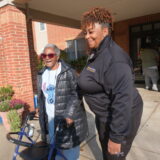 Striking BackDecember 4, 2025
Striking BackDecember 4, 2025Home Care Workers Are Losing Minimum Wage Protections — and Fighting Back
-
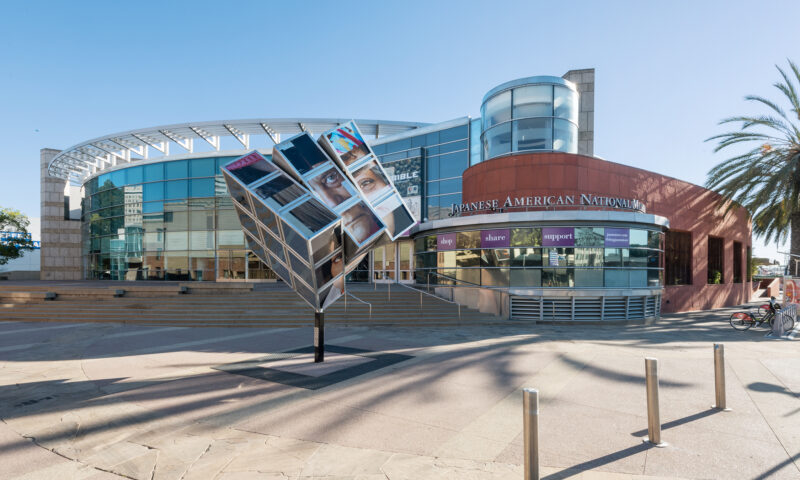
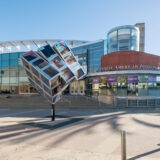 Latest NewsDecember 8, 2025
Latest NewsDecember 8, 2025This L.A. Museum Is Standing Up to Trump’s Whitewashing, Vowing to ‘Scrub Nothing’
-
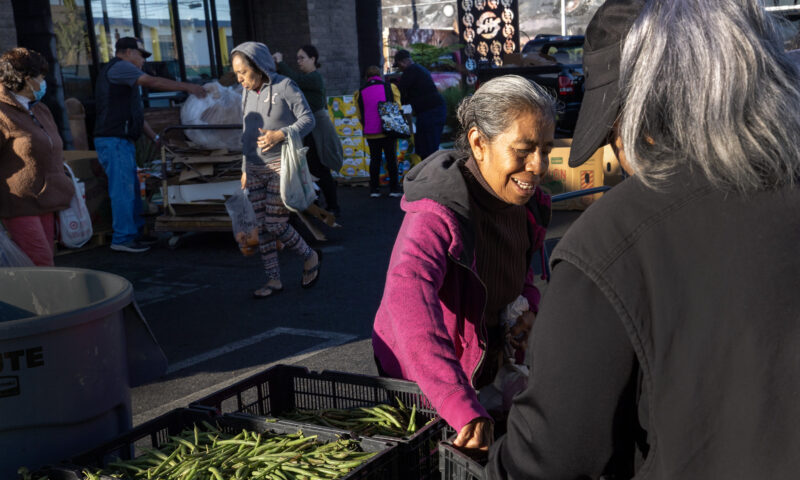
 Latest NewsNovember 26, 2025
Latest NewsNovember 26, 2025Is the Solution to Hunger All Around Us in Fertile California?
-
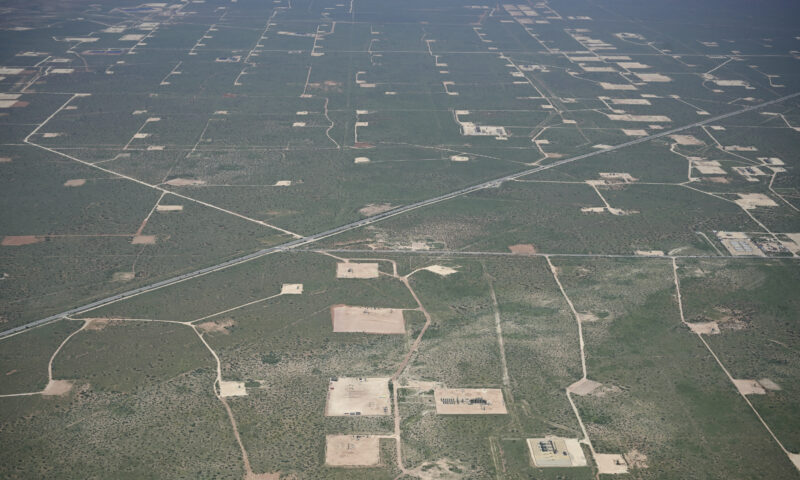
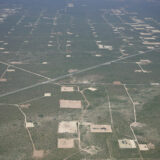 The SlickDecember 2, 2025
The SlickDecember 2, 2025Utility Asks New Mexico for ‘Zero Emission’ Status for Gas-Fired Power Plant
-

 Latest NewsDecember 1, 2025
Latest NewsDecember 1, 2025Accountable to No One: What 1990s L.A. Teaches Us About the Trump Resistance

